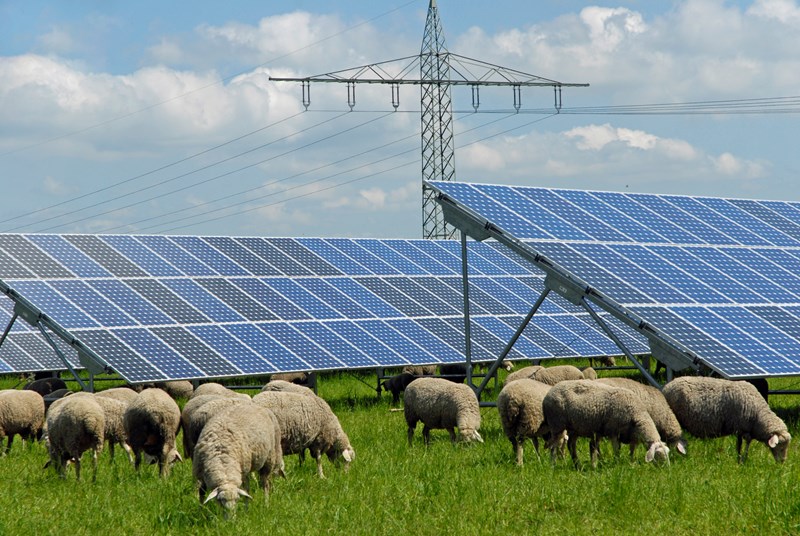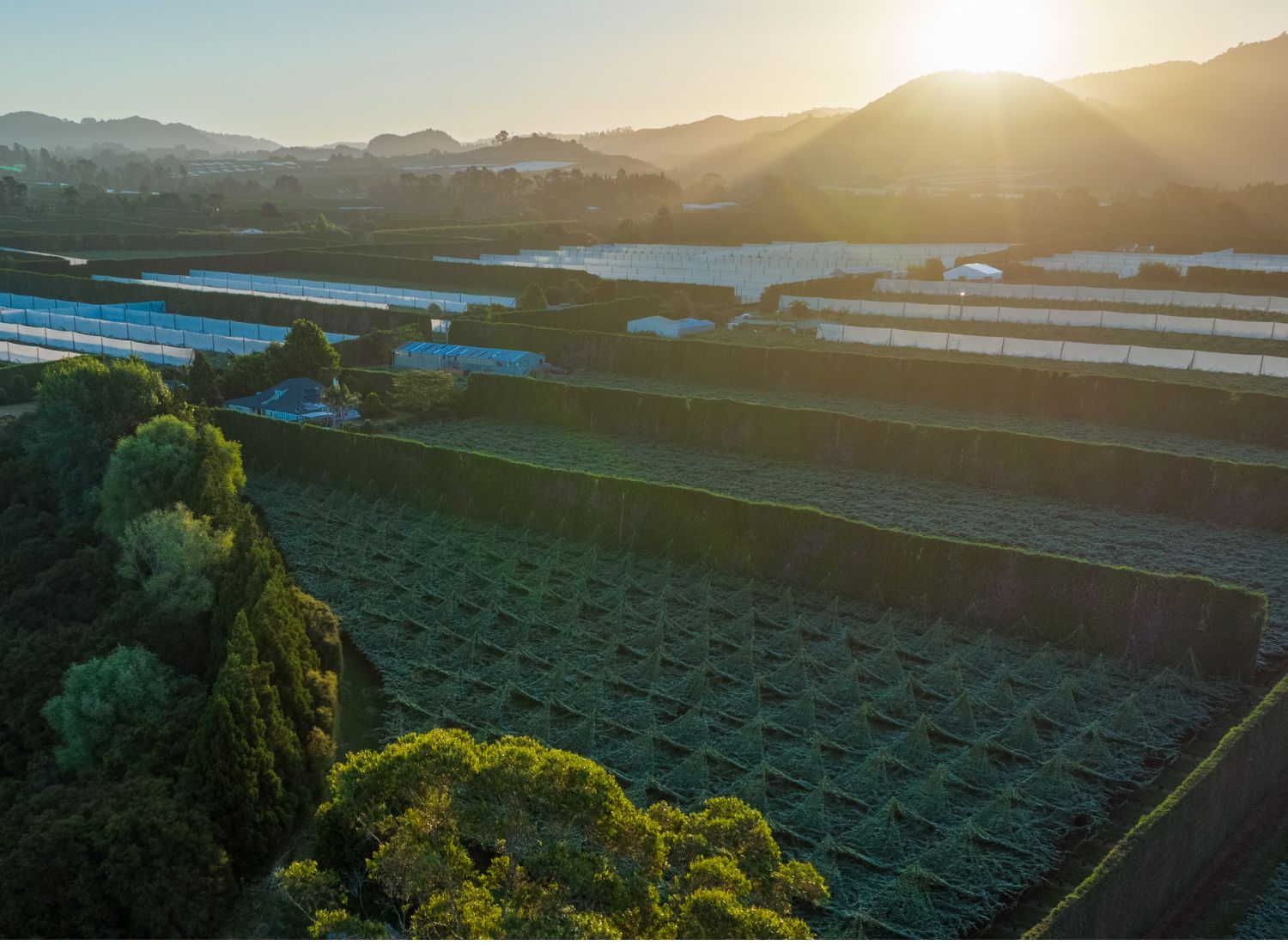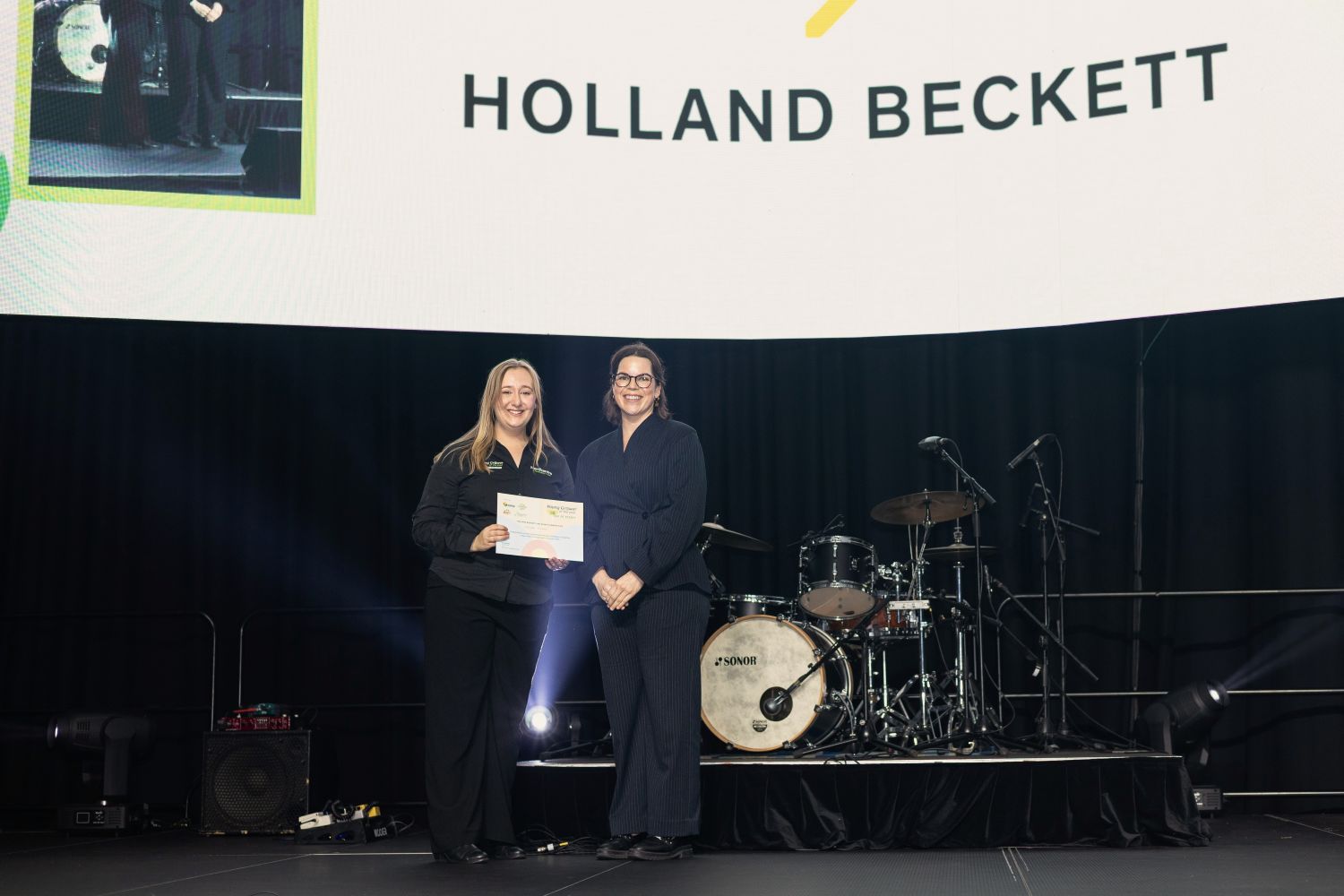New Zealand is currently seeing another boom in the renewable energy sector but this time in the form of large scale solar farms.
There is currently a land grab of existing dairy and grazing farms by national and international solar developers. This is partly due to the high New Zealand wholesale price of electricity and the New Zealand government setting a target of 100% renewable power generation by 2030. This is further compounded by the push for electrification of historical technology and the demand for EV vehicles.
There are some significant benefits to landowners converting from existing farm activities to solar, including the security of long term leases with lucrative rentals. In addition to the lucrative leases, there is an opportunity for the landowners to graze sheep on the solar farm and receive an additional return. Conversely, there are some significant risks involved which landowners need to be made aware of, including the likeliness of the landowner not being able to return the land back to dairy farming at the expiry of the lease.
We are seeing various approaches by developers in the documentation of solar farms in New Zealand. Generally, the solar project will initially be documented with a letter of intent / memorandum of understanding between the developer and landowner. This is then progressed to an investigation licence and option to lease (Option) or agreement to lease. The Option will usually include a payment for signing and a per hectare rate during the Option term. It will also include the developers conditions which would typically include due diligence, Overseas Investment Office (OIO) consent and sometimes a subdivision consent to enable a longer lease than permitted under the Resource Management Act (depending on the developer). The Option is negotiated side by side with the lease itself. We are also seeing some developers proposing easements in substitution of the more commonly used lease.
When acting for a landowner, there are some really important questions / points which need to be addressed, including:
- Is the structure of the documentation fit for purpose?
- The lease and timing of existing leases in place;
- Rental (per hectare rate or linked to a percent of electricity generation).
- Rent reviews, which will generally be annual CPI / PPI increases and ratcheted.
- Understanding whether the permitted use is adequate for all intended purposes.
- The developer’s obligations (including maintenance).
- Whether a security bond for decommissioning the solar farm is being provided.
- Assignment and whether the developer can assign to a third party (ie. an investor / purchaser of the project ) with or without the landowners consent.
- Whether a Tripartite Agreement is required to be entered by the landowner, developer and the developer’s financier.
- Reinstatement obligations.
- Health and safety obligations.
- Landowner grazing rights.
- Termination rights (including early termination rights of the developer).
- Force majeure (unforeseen circumstances that prevent a party from fulfilling its obligations).
If you have been approached by a developer or would like to understand more about large scale solar farming, Joel Murphy has first-hand solar development experience working in London for one of the world’s largest solar developers and has negotiated multiple large scale solar farms throughout New Zealand for landowners.
Please get in touch to discuss any solar matters.







